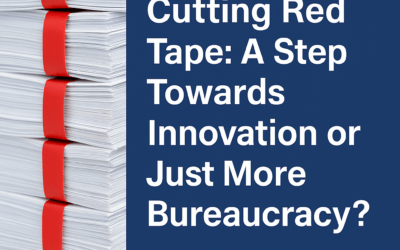Value Propositions seem to be a hot topic at the moment. I have been party to multiple conversations on the subject this week. The definition of a Value Proposition changes depending upon who, or what institution you are speaking to.
This is a term I have been using for over fifteen years. Back then it stood for an “elevator pitch” – a brief, to the point outline of why a customer would benefit from the use of a specific product or service, including headline information as to the potential financial benefits. This was a very distilled version of what would be included in a sales brochure.
However, the term Value Proposition has been adopted by multiple different organisations to mean different things.
NICE
NICE for example is looking for a combination of evidence of use within the sector, fit within current practice, and return on investment (cost consequence modelling/health economic assessment/Cost per Quality-Adjusted Life Years (QALY)), and Health Related Quality of Life improvements.
In NICE publication How NICE measures value for money in relation to public health interventions you will find a description of the approach NICE takes to assessing cost effectiveness of public health interventions.
The NICE Medical technologies evaluation programme (MTEP) Seeks the following types of evidence and advice to present to the committee:
clinical and cost evidence and relevant cost modelling; including all necessary data to properly evaluate the case for adoption
evidence presented by the external assessment centre (which is independent of NICE), comprising a detailed analysis and critical appraisal of the submission in the form of an assessment report
evidence from the programme team or other relevant organisations or working groups
contributions from expert advisers
contributions from patient and carer organisations
information about ongoing or future research.
NICE does not assess any drug, device or intervention on cost-effectiveness alone, there are other important measures which they also take into account such as Health Related Quality of Life and impact on current services.
NHS Customers
Unfortunately, just because something is a good idea, could save lives or save the NHS thousands of pounds that doesn’t mean that the NHS will purchase it. What you need to remember is that the NHS consists of over 40,000 different organisations, each of which will have a different set of priorities. You value proposition needs to meet the needs and priorities of your customers. These will change according to circumstances.
Take for example PPE. Until February 2020 a Value Proposition for companies selling PPE to the NHS would be based upon:
Price and value for money
Range of available products
Compliance with standards and regulations
Service
Experience and references
Reliability of supply
Now a Value Proposition for PPE would be based upon:
Reliability of supply
Range of available products
Compliance with standards and regulations
Price
It is also worth remembering that helping people to live longer is not always seen as a good thing. I have had a conversation with a commissioner who told me “they don’t cost anything if they’re dead”. Silos between departments mean that things such as risk reduction may not return benefit to the department holding the budget, so I have had other conversations where the cost of £0.03 per patient was an unacceptable cost to reduce risk of injury or death.
Investors
Depending on the size and type of company, you may also need a Value Proposition for investors. What would represent good value for them?
Amount of equity in the business received
Scale and timeframe for return on investment
Viability for product sales
Skills, drive, and experience of the team
Understanding of the market and product fit within it
Fit with portfolio of other investments
Reputational enhancements
Do you have a great Value Proposition? Would you like advice and support in building one that fits for your products and your customers? We have a number of highly skilled and experienced commercial consultants ready to help.



